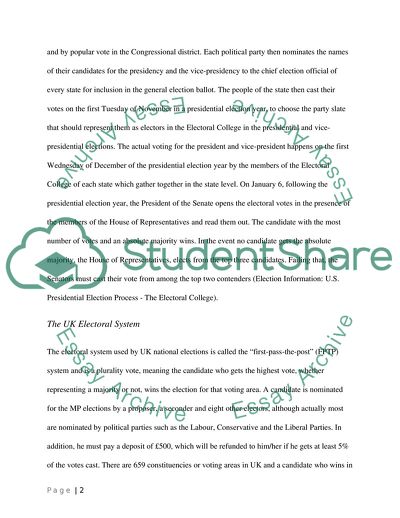Cite this document
(The Electoral Systems in the UK and the USA Coursework, n.d.)
The Electoral Systems in the UK and the USA Coursework. https://studentshare.org/law/1734655-the-electoral-systems-used-for-national-elections-in-the-uk-and-usa-are-not-fair-but-they-work-discuss
The Electoral Systems in the UK and the USA Coursework. https://studentshare.org/law/1734655-the-electoral-systems-used-for-national-elections-in-the-uk-and-usa-are-not-fair-but-they-work-discuss
(The Electoral Systems in the UK and the USA Coursework)
The Electoral Systems in the UK and the USA Coursework. https://studentshare.org/law/1734655-the-electoral-systems-used-for-national-elections-in-the-uk-and-usa-are-not-fair-but-they-work-discuss.
The Electoral Systems in the UK and the USA Coursework. https://studentshare.org/law/1734655-the-electoral-systems-used-for-national-elections-in-the-uk-and-usa-are-not-fair-but-they-work-discuss.
“The Electoral Systems in the UK and the USA Coursework”. https://studentshare.org/law/1734655-the-electoral-systems-used-for-national-elections-in-the-uk-and-usa-are-not-fair-but-they-work-discuss.


